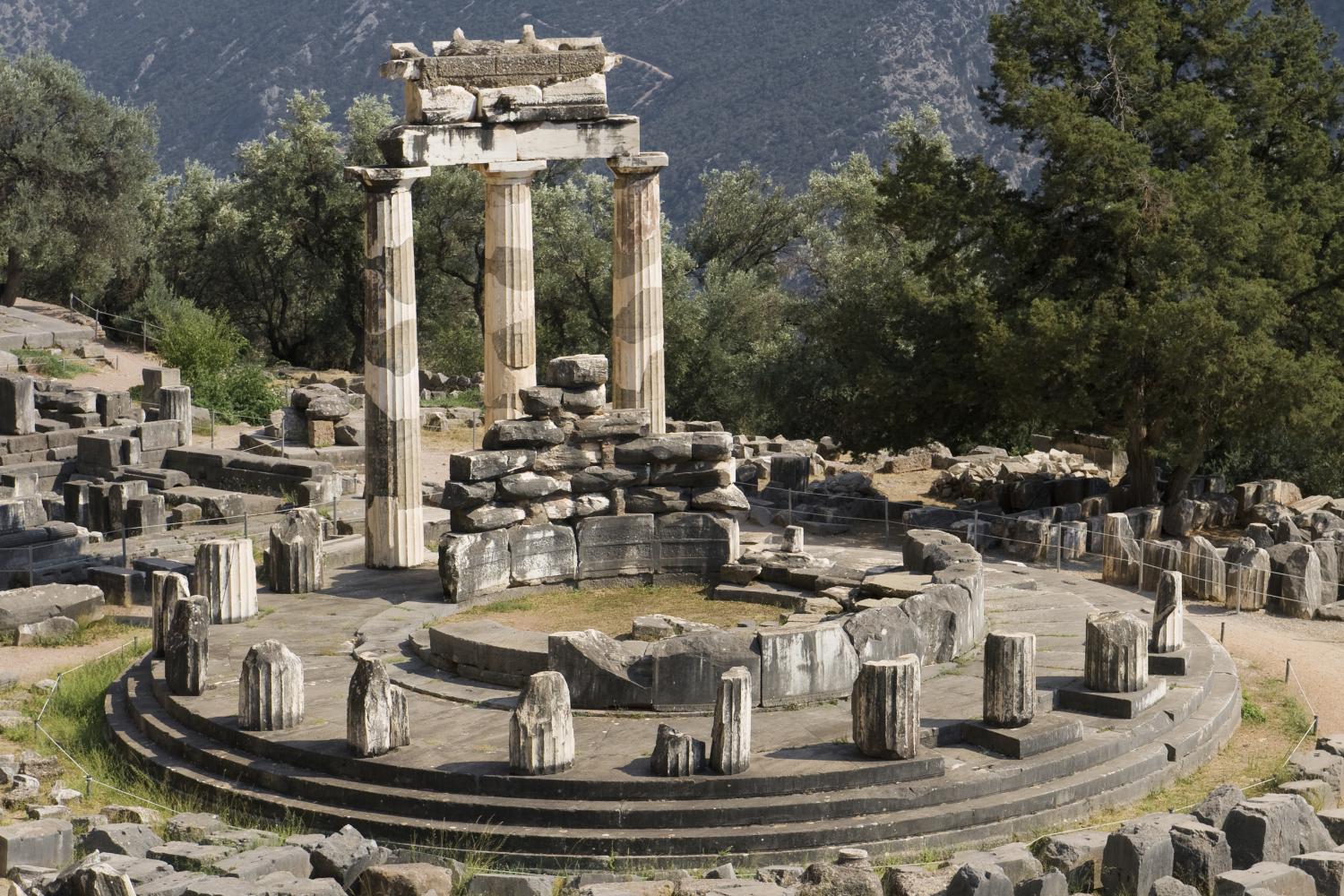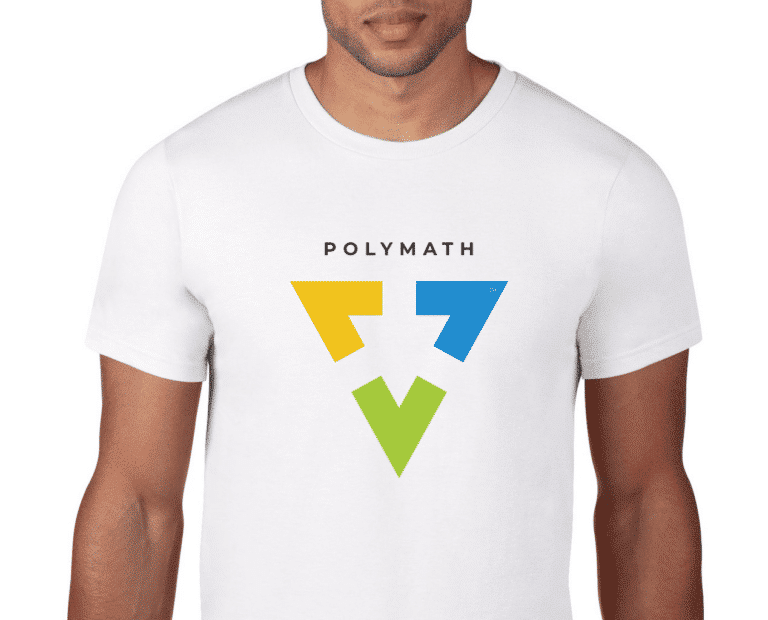As the creator of the Polymath Forum on LinkedIn, Edwin Korver chose the inverted delta, the Nabla symbol (∇), to represent a polymath’s broad and deep capabilities. But wait, what’s a polymath?
Picture this: a Renaissance man, a homo universalis, brimming with knowledge across a myriad of subjects, adept at weaving through complex ideas to unravel solutions. Think of luminaries like Leonardo da Vinci, Marie Curie, and Aristotle – minds that didn’t just learn, but transformed the world with their multidisciplinary brilliance.
In our world, where specialization is the norm, you might ask, ‘Why choose the path of a polymath?’ Here’s why: in our unpredictable, ever-changing VUCA environment, adaptability isn’t just valuable – it’s essential. While specialists excel in their niches, polymaths thrive amidst change, their diverse expertise igniting creativity and innovation.
Yes, the corporate world often gears towards ‘monomaths’ for their focused productivity. But when the winds of change blow, when the future is a maze of possibilities, it’s the polymaths who navigate with ease. Their unique ability to connect disparate dots to see the world through a kaleidoscope of perspectives becomes invaluable.
But let’s be real – measuring the impact of a polymath isn’t straightforward. There’s no neat KPI for creativity, no predictable output for innovation. It takes courage for leaders to step beyond the familiar bounds of specialization and embrace the polymath mindset. Yet, those who do, find themselves at the helm of transformation, steering through uncertainty with an agile, creative crew.
So, as you ponder on the Nabla ∇ symbol, think of it as a beacon of adaptability, creativity, and boundless potential – a celebration of the polymath spirit that challenges, changes, and enriches our world.

The Nabla Symbol (∇) for Polymathy
As we delve deeper into the essence of the Nabla symbol, the inverted delta, we uncover a profound representation resonant with the polymath spirit. This symbol, often seen in mathematics and physics, is more than a mere operator; it embodies the essence of multidimensional thinking and interconnected knowledge – the very heart of a polymath.
A Symbol of Depth and Diversity
The Nabla ∇ symbol, resembling an inverted triangle, is traditionally used in vector calculus to denote gradient, divergence, and curl – concepts that involve differentiating in multiple directions. This mathematical usage mirrors the polymath’s approach to life and learning: exploring various directions, dimensions, and depths. Just as the Nabla operates across multiple axes in mathematics, a polymath navigates through diverse fields, synthesizing and integrating knowledge to create something new and extraordinary.
For polymaths, the journey is not just about acquiring knowledge in breadth; it’s also about diving deep. The inverted nature of the delta symbolizes this dive – going beyond the surface, delving into the depths of multiple disciplines. It represents a relentless pursuit of understanding, not just in one specialized area, but across a spectrum of subjects. This depth and breadth equip polymaths with a unique lens to view problems, seeing connections and solutions that might be invisible to the specialist’s eye.
The Nabla symbol in the context of a polymath also signifies the point of convergence – where ideas, disciplines, and perspectives intersect. These intersections are where innovation thrives. In a world that often operates in silos, the polymath’s ability to connect and intersect these silos is invaluable. They bring a holistic view, weaving together threads from various disciplines to create a rich tapestry of understanding and innovation.
Adopting the Nabla symbol as an emblem of polymath identity is more than a statement; it’s an acknowledgment of a unique way of engaging with the world. It’s a commitment to lifelong learning, curiosity, and the integration of diverse knowledge areas. In a world that increasingly values specialized expertise, the Nabla stands as a reminder of the power and relevance of multidisciplinary thinking.
Conclusion: The Power of the Polymath Mindset
In essence, the Nabla symbol is a beacon for those who traverse the vast landscape of knowledge, not confined by the boundaries of specialization. It’s a celebration of the polymathic approach to life – an approach that embraces complexity, navigates change, and fosters innovation. As we acknowledge the power of this symbol, we also celebrate the polymaths among us – those rare individuals who, like the Nabla, operate across multiple dimensions, bringing depth, diversity, and a broader perspective to our increasingly interconnected world.

Harmonizing Knowledge: The Mythological Roots of the Nabla Symbol and the Polymath's Journey
Furthermore, the Nabla symbol, with its roots in ancient Greek culture, carries a deeper, almost mythological significance. It is reminiscent of a Greek harp, an instrument associated with Apollo, the deity revered for music, knowledge, and prophecy. This connection to Apollo enhances the polymath symbol’s richness, infusing it with historical and cultural layers of meaning.
Apollo’s influence extends to the Oracle of Delphi, known as the house of Apollo. This place, steeped in wisdom and foresight, symbolizes the pursuit of knowledge and the quest for understanding – traits central to the polymath ethos. The Oracle of Delphi, in its essence, was about connecting diverse strands of knowledge to reveal deeper truths, mirroring the polymath’s journey of integrating various disciplines.
Remarkably, the architectural form of the Oracle, particularly the tholoi – circular structures – shares a shape with the RoundMap, a modern tool that embodies holistic and integrated thinking. This circular form, both in ancient and contemporary contexts, represents unity, completeness, and the cyclical nature of knowledge. It suggests that wisdom and understanding are not linear but interconnected, much like the interconnected fields of study in a polymath’s mind.
Incorporating these symbols – the Nabla, the harp of Apollo, the Oracle of Delphi, and the tholoi – into the narrative of polymathy isn’t just about honoring the past. It’s about drawing inspiration from these powerful symbols to shape a future where diverse knowledge and interdisciplinary thinking are celebrated and encouraged.
Badge of Honor
The Polymath’s Badge of Honor, derived from the Nabla symbol, represents infinite wisdom and interdisciplinary understanding.
The Nabla, a symbol often used in mathematics and engineering to denote differential operations, is not just a theoretical concept. Its use here symbolizes a practical foundation in analytical thinking and problem-solving, making it a crucial tool in the polymath’s arsenal.
The three colors—yellow, blue, and green—represent diversity in disciplines. This signifies the breadth of knowledge that a polymath would have, encompassing various fields of study. Each field contributes a unique perspective and set of methodologies that, when integrated, can address complex, multidisciplinary problems.
The white arrows, converging towards the center, embody the integration of diverse viewpoints. This represents the polymath’s unique ability to synthesize information from different disciplines, a skill that is invaluable in gaining a comprehensive understanding of complex issues.
Together, the symbol expresses the essence of polymathic thought: a convergence of disciplines and ideas to form contextual, holistic, and nuanced solutions. It’s an emblem that encapsulates the value of deep, interconnected knowledge and the power of integrative thinking.
The symbol is a trademark of CROSS-SILO.
Author
-
Edwin Korver is a polymath celebrated for his mastery of systems thinking and integral philosophy, particularly in intricate business transformations. His company, CROSS-SILO, embodies his unwavering belief in the interdependence of stakeholders and the pivotal role of value creation in fostering growth, complemented by the power of storytelling to convey that value. Edwin pioneered the RoundMap®, an all-encompassing business framework. He envisions a future where business harmonizes profit with compassion, common sense, and EQuitability, a vision he explores further in his forthcoming book, "Leading from the Whole."



